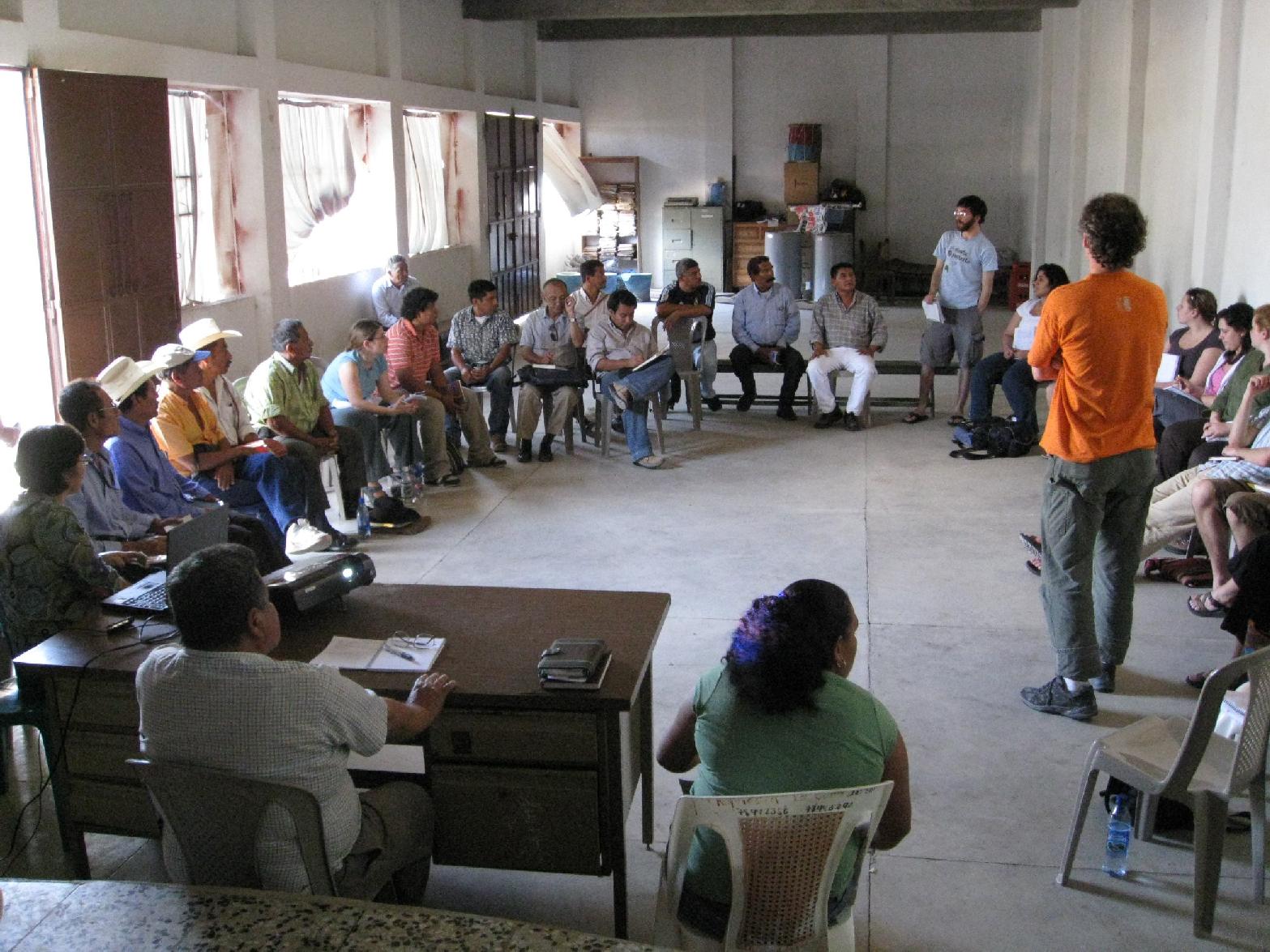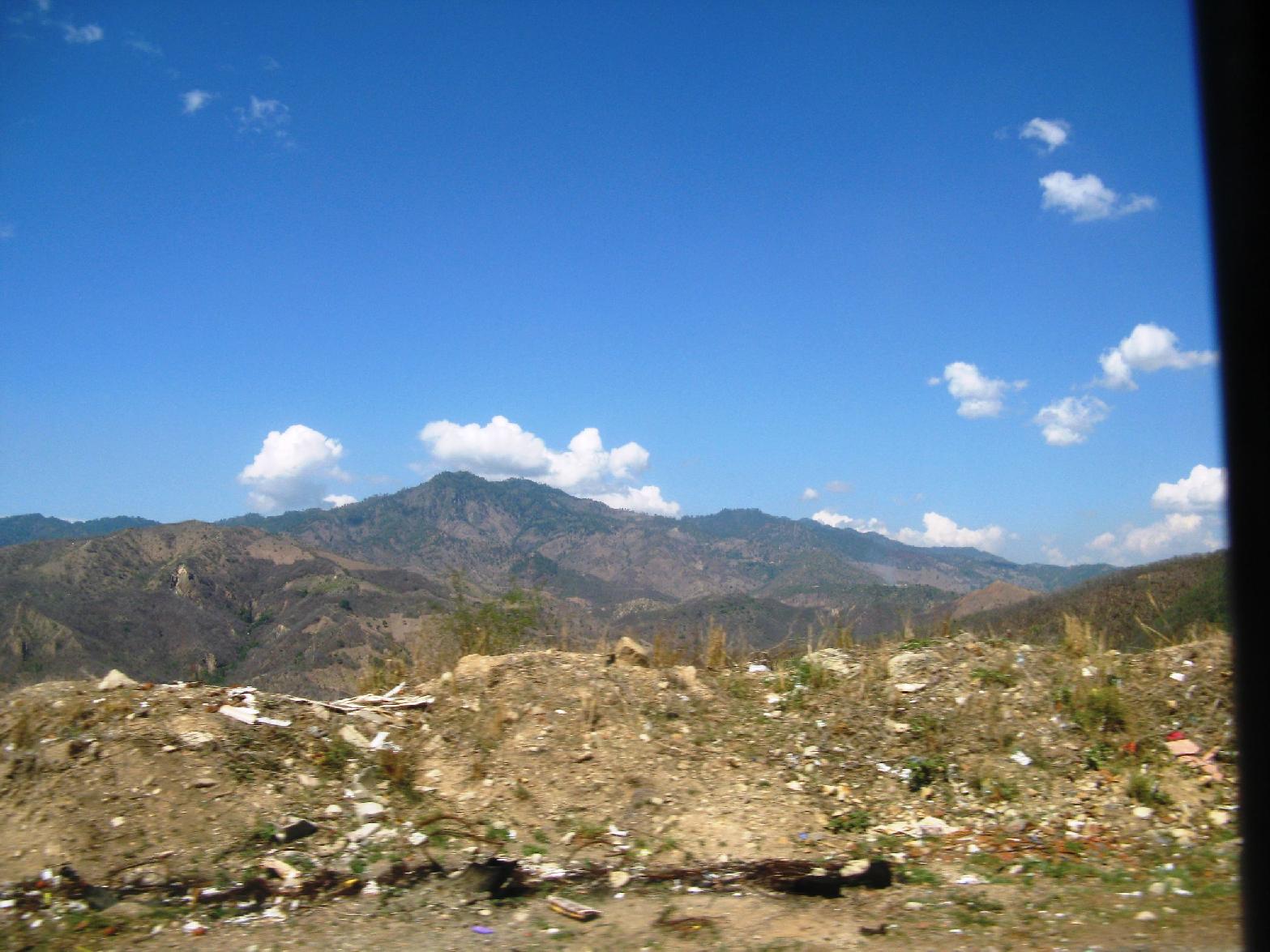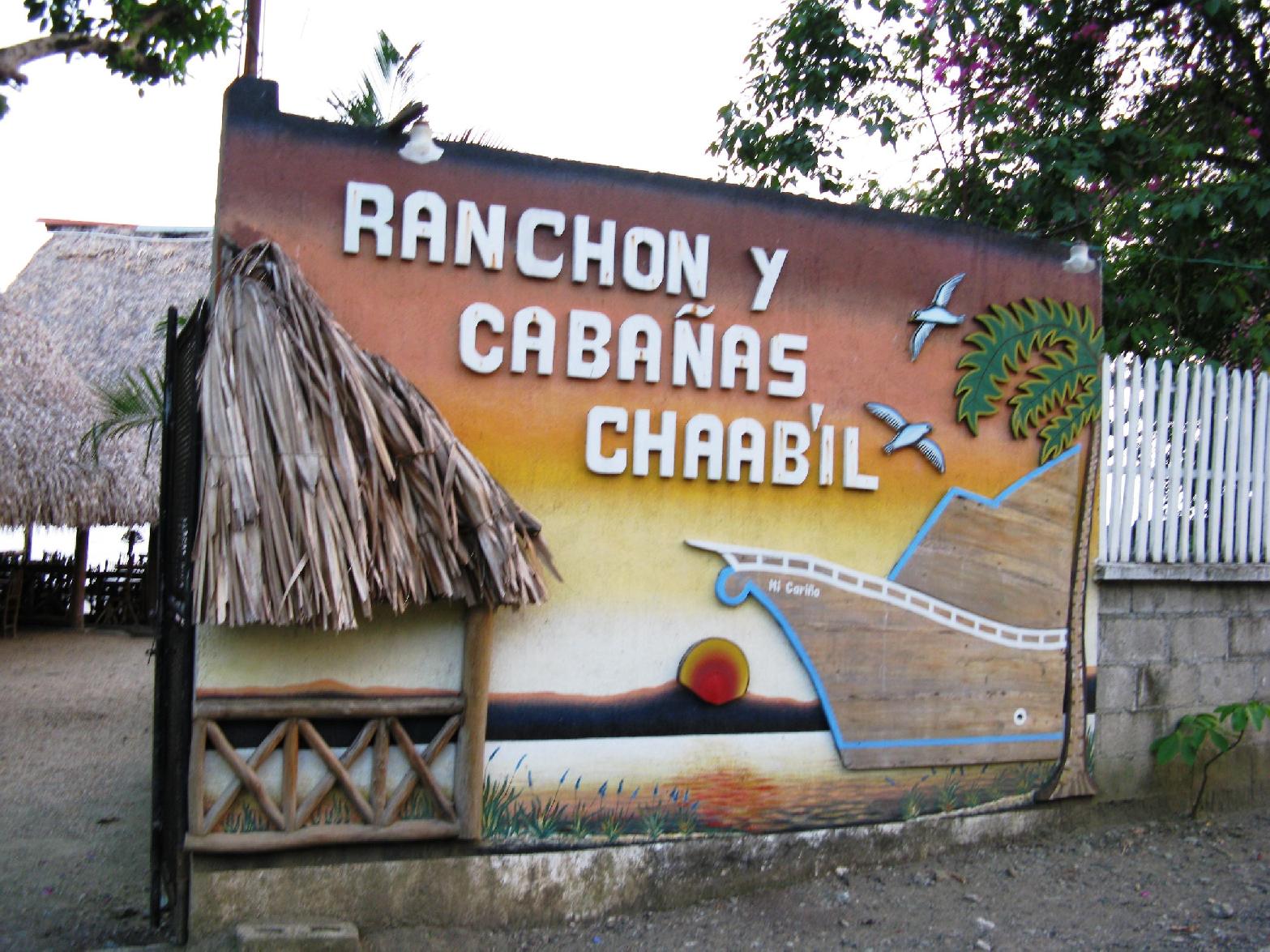GUATEMALA - MAY 2008
May 6 - Guatemala City to El Estor

On our way to El Estor, in the department of Izabal, we detoured southeast to attend a meeting in Jutiapa with the Xinka community (90000 members on 328 km2 of communally owned land), an indigenous community facing Canadian mining development on their traditional territory. Goldcorp holds a 100 km2 concession on Xinka territory. A concession is a license provided by the Guatemalan government that permits a mining company to conduct mineral exploration and, if fruitful, extraction. Usually, the community learns of the concession once the company shows up to drill for gold, nickel, silver, etc. The meeting, attended by several Xinka community representatives and our delegation, served to share information, ask questions, and focus on the economic impacts of Canadian mining. One community member articulately summed up the real issue: "Kill Mother Earth and we kill ourselves."

JP Laplante, a mining coordinator with Takla Lake First Nation, in northern British Columbia, Canada, and a delegation participant, expressed understanding and solidarity with the Xinka community.
His career has provided him with first hand knowledge of the social and environmental impacts on indigenous people and their lands.
(Photo credit: Catherine Nolin)

The gentleman (on the left), whose name I did not get, impacted me greatly with his comment: "We do not have the funds to travel to Canada and complain to the Canadian government. Indigenous people have not received the support or education. We are slaves to ignorance and hunger. Together we can achieve good things. Even when one dies, the cause lives on."

A local reporter interviews Grahame Russell. During the meeting, Grahame spoke about the strategies that other communities are utilizing in their struggle against Canadian mining, specifically the International Labour Organization (ILO) Convention 169 , a law which protects indigenous rights and lands and states that communities have the right to consultation prior to mega project development on traditional lands. Unfortunately, this law holds no weight in the Guatemalan courts.

The arid environment characteristic to southeast and central Guatemala. Drought, poor soil fertility, low crop productivity, and famine are common. (Photo credit: JP Laplante)

In contrast to the above photo, the lowlands of the Izabal department are lush and humid with organically rich soils.

Cattle are generally used to occupy lands owned by international corporations which are not currently in production. The cattle serve to deter indigenous communities from moving back onto their traditional lands.

The hotel in El Estor where our evening reflections took place; right on
Lago de Izabal featuring beautiful sunsets and excellent food.
(Photo credit: JP Laplante)
